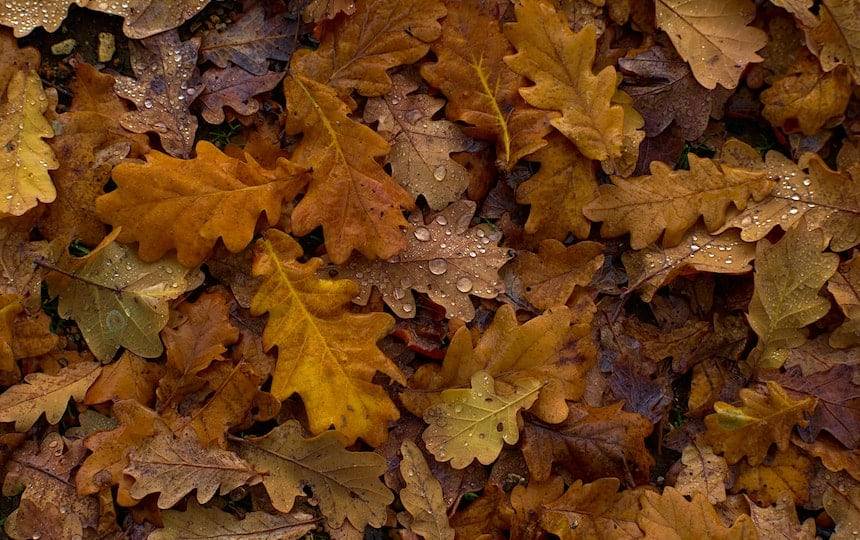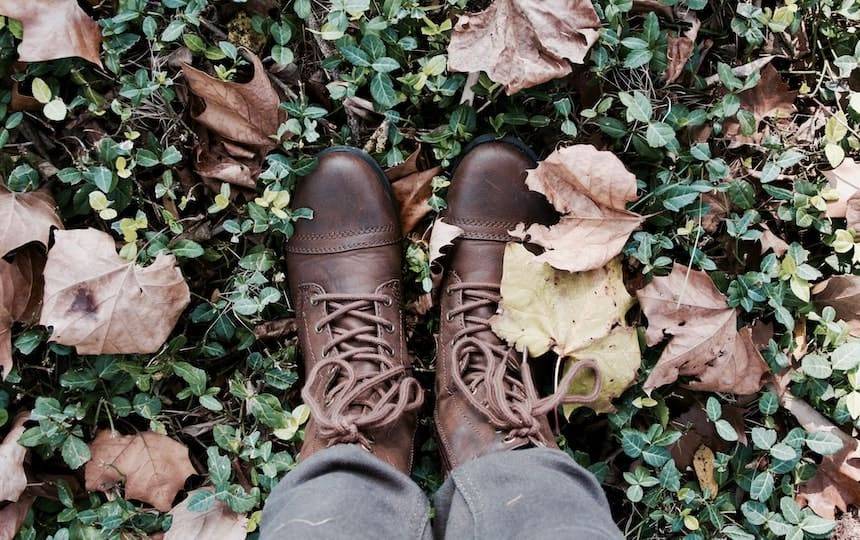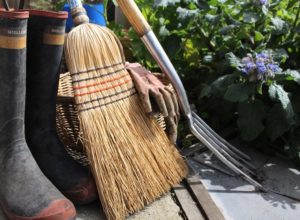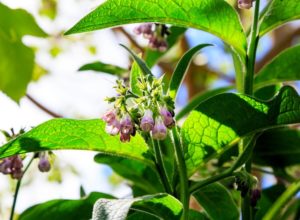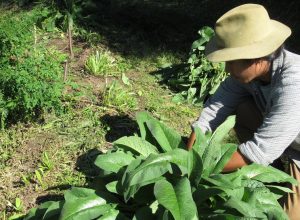Autumn leaves are a hugely valuable resource that literally falls from the sky at this time of year.
Harness the power of the sun and trees with this gift of the season!
In permaculture we try to see autumn leaves as a gift from nature, instead of a messy problem. Here are five ideas to get you inspired about autumn leaves.
Make leaf mould
Leaf mould is one of the easiest and cheapest ways to make incredible soil for your garden. The only ingredients are autumn leaves and time. A lot of time.
Making leaf mould takes around one year. But instead of turning compost or feeding a worm farm, soil microbes and invertebrates do all the work for you. It’s a handy addition when making your own potting mix or raising seedlings. To make leaf mould:
- Stuff slightly moist autumn leaves into plastic bags (old potting mix or chook feed sacks work well).
- Seal bags and leave them for one year, after which time they should be broken down into beautiful humus.
Save them for summer mulch
Stop buying sugar cane mulch or pea straw to keep your summer garden moist. And start saving money by making autumn leaf mulch.
Autumn leaves make a great mulch (clue: they’re the way nature mulches itself). Dry leaves store best for mulching (moist leaves will turn into leaf mould by summer). An old compost bin or a hessian sack hung under cover are great vessels for keeping leaves dry for summer mulching purposes.
Large strong leaves like those of plane trees and liquidamber can sometimes stick together forming an impenetrable mat, so these ones are best shredded if used for mulching. Great options are pointy pin oak leaves or smaller crumbly leaves like those of ash or elm.
Make autumn leaves craft
There are so many ways to get crafty with autumn leaves. Beyond classic kids’ crafts like leaf bunting, leaf printing or leaf confetti you can get serious too.
Autumn leaves can be a potent natural dye (see Pip Issue 7 for a full guide). Or you could even try your hand at using leaves as a medium to create your own paper.
Compost autumn leaves
Whether you’re making hot or cold compost, the key is a perfect balance between nitrogen and carbon materials.
Nitrogen (or “green”) materials are easy to come by: weeds, garden prunings, coffee grounds or kitchen scraps will all work.
Carbon (or “brown”) materials are typically harder to come by. Which is where autumn leaves come in. They’re a great free option to get the carbon balance in your compost right.
The balance between green and brown materials means your compost will break down aerobically, releasing less methane (which is a greenhouse gas, and also rather stinky!). If you want more help getting started composting check out our simple beginner’s guide.
Jump in them!
If you’ve still got leaves left over after trying all our other ideas, then why not embrace your inner five-year-old and jump in them? Lift your spirits with a bit of childish play and get your daily dose of Vitamin N.

